III. Methodology
Volumes
Volumes refer to the projected quantities of solution units over a defined period of time.
To quantify GHG impact, analysts multiply a solution’s unit impact by a specific volume of solution units.
In the Frame methodology, volumes should be represented as an array, with a volume for each year. Volume arrays may be represented as units annually produced, sold, or in operation, such as the installed base or fleet of units. Analysts should choose the volume metric that best reveals emissions patterns. The amount of data shapes two basic approaches to quantifying market sizes: from top-down and bottom-up.
Top-Down
From TAM to SAM to SOM
In the absence of granular volume data, analysts quantify units based on high-level patterns associated with the sector or market that the solution represents. In the top-down approach, analysts move from understanding the Total Addressable Market (TAM), to the Serviceable Available Market (SAM), to the Serviceable Obtainable Market (SOM), which factors in the rate of adoption or volume curves. The volume curve, typically an “S,” is quantified based on how a solution could achieve scale over time.
Bottom-Up
From Business Plans
An investor can look at a market from the bottom up to understand a company’s projected volumes, based on detailed company information and a realistic business plan. The bottom-up approach accounts for the company’s go-to-market strategy, product development, and supply chain realities.
Bottom-Up
From Historical Volumes
An investor can look at actual volumes from bottom up, based on detailed company reports of results. Volumes are reported in extensive detail, such as by market segments.
Facilitating Solutions
Direct solutions, like electric vehicles and batteries, are essential for GHG impact. Facilitating solutions, however, are responsible for improving unit impact or volumes of direct solutions. For example, a software may significantly improve the efficiency of renewable energy technologies or an online EV marketplace can accelerate the deployment of electric vehicles.
When an analyst is considering a facilitating solution for investment, how should it isolate the impact attributed to it? While Frame does not currently offer formal guidance, the example below characterizes how the analyst modulates volumes for the direct product solution, where the focus of final analysis for investment is the facilitating solution. A similar process can take place on the unit impact side.
Quantify the GHG impact of the representative direct product upon which the facilitating solution operates. For example, if the EV marketplace is meant to accelerate adoption of electric vehicles, the analysts may establish the unit impact of the electric vehicle.
Quantify volumes for the direct solution as it would have otherwise occurred in the absence of the marketplace. Quantify the direct solution’s GHG impact.
Using realistic market data based on the stage of the facilitating solution, quantify how volumes for the direct solution would accelerate if the facilitating solution successfully scaled. Quantify GHG impact in the presence of the facilitating solution.
The facilitating solution’s own GHG impact is the difference between the direct solution’s GHG impact and GHG impact in the presence of the facilitating solution.
Challenges
Integrating the ecosystem-level thinking into GHG impact introduces questions about what analysts believe is essential for solutions to achieve GHG impact. For example, many direct solutions rely on marketplaces to sell their products. However, values can mislead readers on how collective or systemic impact works.


